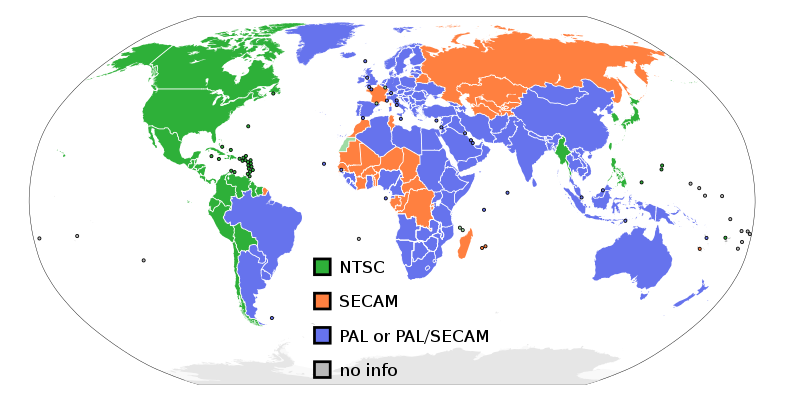Cindy Sheehan writes clearly and without reservation—if you truly oppose war, you don’t vote for more war. The Democrats have a strong history of starting war, and there’s no reason to vote for them when they’re willing to help enable the Republicans continue occupation and kill. Sheehan is also continuing to stand by her promise not to support pro-war politicians.
First of all, we allow “anti-war” groups like MoveOn.org to set the dialogue and discourse. MoveOn.org is not so much “anti-war” as they are “pro-Democrat.” Tactics that MoveOn.org found outrageous under the Republican Congress, they find “frustrating” but understandable under Democratic leadership.
The “anti-war” issue is non-partisan in its scope by the very name “anti-war.” The Democrats are responsible for every war in the last 108 years, excluding the two Bush wars and the Reagan Grenada farce. Democrats are responsible for dropping, not one, but two atomic bombs on the innocent citizens of Japan. Democrats deserve no slack, and should be given none.
Secondly, during elections the “anti-war” movement loses its focus and works for candidates that promise peace or change, but previous actions, votes, or rhetoric do not match the campaign rhetoric. From Obliteration to Redeployment to Hundred Years, none of the duopoly candidates are promising anything different than BushCo.
After almost eight years of two-party collaboration that has undermined freedom, democracy, peace and prosperity, one would think that the US electorate would have developed some kind of sophistication regarding the throttlehold of sameness that the Republicrats or Demopublicans offer.
And then she names two clearly anti-war candidates:
We have a clear choice instead of the “lesser of two evils” politics. There are at least two candidates for President that present a clear alternative to violence and corporate oppression: Cynthia McKinney (Green Party and Power to the People Party) and Ralph Nader (Ind.).
Do you want someone who is a smidgeon less evil at the helm of our country, or do you want someone who is committed to true peace and true mastery over the corporations and true environmental integrity?
In 2004 we were told that we were seeing the most important election—the Democrat-supporting (pro-war, even if they didn’t want to admit it) Left wanted George W. Bush out of office and thought that it was wise and proper to join a candidate who merely offered better war management. No major anti-war protests were held in which one could present any organized opportunity to challenge Democratic Sen. John Kerry on the issues of continued war, no single-payer universal health care, and increasing separation between the richest and the poorest.
In 2008 there are more dead from the occupations of Iraq and Afghanistan, more poverty, more displacement, more homelessness, and more uninsured and under-insured (with no real universal single-payer health care in sight). Yet where’s the outrage, the cries of how critical the 2008 election is? By these standards, we ought to understand what folly it is to call any US Presidential election the most important because as things get worse every election is more important than the last.
One would hope more people could come to connect policy and politics in the way Sheehan has without suffering Sheehan’s loss. One would hope that things don’t have to get worse before the folks who call themselves “progressive” dare to support politicians who agree with their take on the issues of the day.
 Big Buck Bunny
Big Buck Bunny
